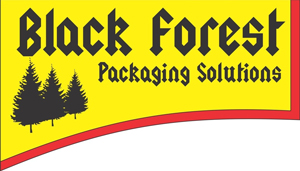Food packaging is a complex yet vital component of the modern food industry. It serves multiple purposes, such as protecting foods from contamination and spoilage, providing information about ingredients and nutritional value, and creating an aesthetic appeal that entices consumers to purchase. Packaging equipment machinery helps manufacturers make different types of food packaging ranging from single-use containers to more long-lasting materials like glass jars and metal cans.
Type of Material
The first thing to consider when considering packaging for food items is what type of material will be used. The chosen material must protect the food while allowing it to stay fresh for longer. For example, plastics are often combined with chemical additives designed to preserve the food’s flavor or texture. Plastic has become increasingly popular due to its versatility and affordability, but other materials such as paperboard, aluminum foil, and glass can also be used.
In addition to choosing the appropriate packaging for food items, many other factors need consideration. Packaging must be designed to effectively contain the product within so that it does not spill or break during transport or handling. Specific rules must be followed when creating packages for certain types of products (e.g., liquids have different requirements than solids).
Labeling Regulations
Additionally, labeling regulations must be adhered to for all types of foods; this includes information such as nutrition facts and allergen warnings. Furthermore, environmental concerns should be considered when selecting materials for food packaging; some materials, such as plastic, may not biodegrade quickly enough or produce emissions upon decomposition, which could damage ecosystems if not dealt with properly.
Government agencies largely regulate food packaging due to public health concerns. In particular, the packaging equipment machinery focuses on ensuring that packaged foods remain safe throughout their journey from production through consumption by establishing standards for cleanliness, proper labeling, and other safety protocols related to foodstuffs.
Additionally, manufacturers must monitor their facilities routinely because even small deviations from established regulations can lead to serious health risks for consumers if undetected; this makes quality control an essential component of any successful food packaging system.
Protect Food Against Contamination
Overall, food packaging plays a critical role in the modern food industry by protecting products against contamination and spoilage while providing helpful information about ingredients and nutrition facts that can help guide consumer decisions. Choosing the suitable material is important since it will determine how well a package protects its contents while also considering environmental concerns related to disposal after use; however, there are plenty of options available, so designers should always seek out the most suitable one based on their specific needs.
Finally, following governmental regulations helps ensure that packaged foods remain safe throughout their lifespan by setting quality control standards designed with public health in mind – something no responsible business should overlook, regardless of the size or scope of their operations.


Recent Comments